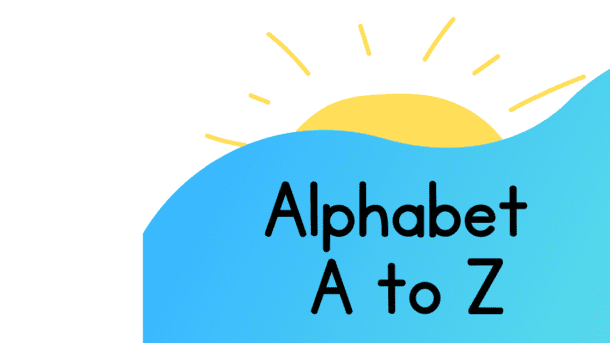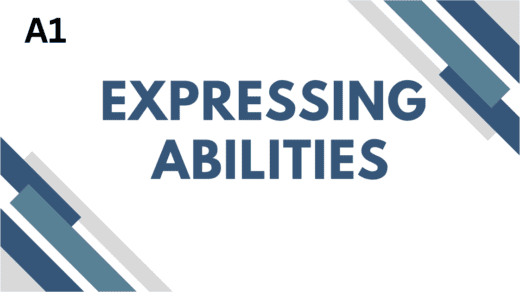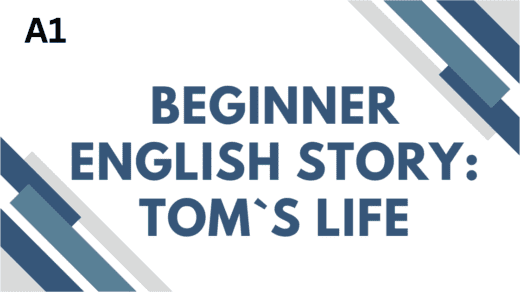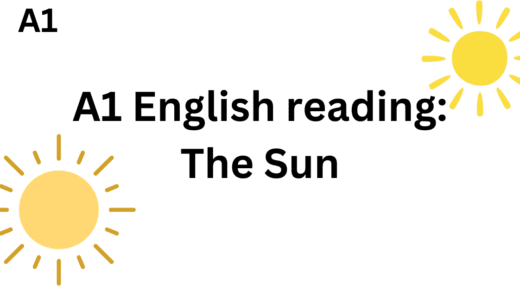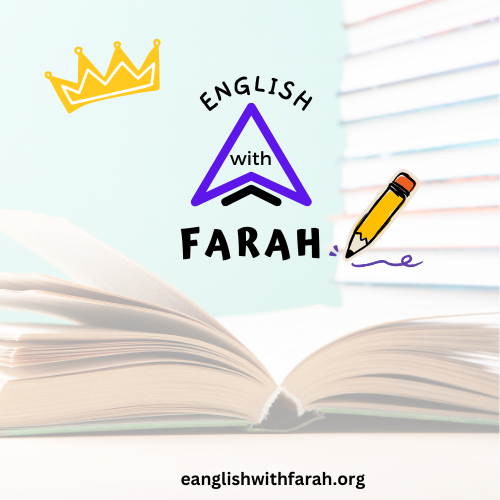Understanding the English Alphabet
The English alphabet is the cornerstone of the language, consisting of 26 letters that enable communication, reading, and writing. This blog post delves into the details of the English alphabet, exploring its structure, significance, and fascinating historical background.
The Importance of the English Alphabet
Understanding the English alphabet is crucial for developing reading and writing skills. It serves as the building block for forming words, sentences, and ultimately, coherent communication. A solid grasp of the alphabet opens the door to vocabulary expansion, spelling proficiency, and comprehension of grammar.
Historical Background of English alphabet
The English alphabet has its roots in ancient scripts. It evolved from the Latin alphabet, derived from the Greek alphabet, tracing back to the Phoenician script. Over centuries, letters were adapted, refined, and standardized to form the modern English alphabet. The introduction of printing in the 15th century further solidified its structure, making the alphabet accessible to the masses and expanding literacy.
The Phonetics of the English Alphabet
The English alphabet is not just a collection of letters; it serves as a system for representing sounds. Understanding phonetics—the study of sounds—correlates directly with effective reading and pronunciation. Each letter has a specific sound associated with it, and combinations of letters produce various sounds, known as phonemes. For instance, the combination “ch” in “chair” represents a unique sound not represented by a single letter.
Each letter also corresponds to specific sounds, known as phonetics. For instance:
- A can sound like “ay” in “say” or “ah” in “apple”
- C sounds like “k” in “cat” and “s” in “cereal”
Phonemic awareness is vital as it aids in pronunciation and helps with spelling and reading comprehension.
Uppercase and Lowercase
Each letter in the alphabet has an uppercase (capital) form and a lowercase (small) form. For example, the letter A can be written as A or a. Uppercase letters are typically used at the beginning of sentences, for proper nouns, and in titles, while lowercase letters are used in general text.
The Structure of the English Alphabet
The English alphabet comprises two distinct groups of letters:
Vowels: There are five main vowels in English: A, E, I, O, and U. Sometimes, the letter Y is also considered a vowel when it represents a vowel sound in words like ‘cry’ or ‘my.’
Consonants: The remaining 21 letters are classified as consonants: B, C, D, F, G, H, J, K, L, M, N, P, Q, R, S, T, V, W, X, and Z. Each consonant can create various sounds when paired with vowels, forming the foundation of the English language’s phonetics.
Here’s a lesson on all 26 English alphabet letters:
The English alphabet consists of 26 letters, which are the building blocks of the language. Here’s a list of all the letters, along with their names and pronunciations:
A – a = /ei/ (AY)
B – b= /bi/ (BEE)
C – c= /si/ (SEE)
D – d= /di/ (DEE)
E – e= /iː/ (EE)
F – f= /ef/ (EF)
G – g- /dʒiː/ (JEE)
H – h= /eɪtʃ/ (ATCH)
I – i= /aɪ/ (AY)
J – j= /dʒeɪ/ (JAY)
K – k= /kɑː/ (KAR)
L – l= /ɛl/ (EL)
M – m= /em/ (EM)
N – n= /en/ (EN)
O – o= /oʊ/ (OH)
P – p= /piː/ (PEE)
Q – q= /kyʊ/ (KYOO)
R – r= /ɑːr/ (AR)
S – s= /ɛs/ (ES)
T – t= /tiː/ (TEE)
U – u= /juː/ (YOO)
V – v= /viː/ (VEE)
W – w= /dʌbəl yuː/ (DOUBLE YOU)
X – x= /eks/ (EX)
Y – y= /waɪ/ (WY)
Z – z=/zɛd/ (ZED)
Note: The pronunciations are in the International Phonetic Alphabet (IPA) format.
Tips for Learning & Teaching the English Alphabet
Introducing children to the alphabet is a fundamental part of early education. Various techniques can make learning engaging, such as:
Start with the basics: Begin with the most common letters and sounds, such as “m”, “a”, “t”, and “s”.
Use mnemonics: Create associations or memories to help you remember tricky letters, such as “c” being the “curly cat” or “q” being the “quokka”.
Practice with rhymes: Create rhymes or songs to help you remember the sequence of letters, such as “A is for Apple, B is for Boy, C is for Cat, and so on”.
Focus on one letter at a time: Take it slow and practice each letter separately before moving on to the next one.
Writing Practice: Encouraging children to write letters helps them associate sound with symbols.
The Alphabet Song: A catchy tune helps children memorize the order of the letters.
Flashcards: Visual aids paired with images can facilitate letter recognition.
Interactive Games: Alphabet puzzles, matching games, and apps can reinforce learning in a fun way.
Storybooks: Incorporating storybooks that focus on the alphabet pairs each letter with relatable words and images, connecting letters to their usage in language.
Additional Activities for Extended Learning:
- Reading books that emphasize letters and sounds.
- Using apps or online games focused on letter recognition and phonics.
- Creating a class alphabet book with each student contributing a page for a chosen letter.
This comprehensive lesson plan facilitates a foundational understanding of the English alphabet, paving the way for future literacy skills.
Conclusion
The English alphabet is a fundamental building block of the language that paves the way for effective communication and literacy. Understanding its structure, the sounds that correspond to letters, and employing varied teaching methods can lead to a solid foundation in reading and writing. The English alphabet may seem simple at first glance, but its complexity and versatility play a vital role in the richness of the language. The English alphabet is a fundamental tool in the journey of literacy. Whether you are a learner, a teacher.
